Oscar Mayer is hiring folks to become a member of its coveted "Hotdogger" class — and get behind the wheel of its Wienermobiles. Measuring 27 feet long and 11 feet high — or 60 hot dogs long and 24 hot dogs high, per Oscar Mayer — the Wienermobiles have been on the road since 1936.
The gig pays $35,600 as a base salary, but also includes a weekly allowance of $150 for meals and personal travel, 18 days of paid time off, full health benefits, and all hotel expenses covered.
The new cohorts will continue the 88-year-old tradition of driving the yellow and orange vehicles, as well as handing out Wiener Whistles to meat lovers across the country. They will also be expected to create social content, the company says.
Recent classes of Hotdoggers have also visited Puerto Rico, married 12 couples in Las Vegas and helped introduce the first-ever hot dog-flavored popsicle, per the brand.
Hot dog fans are invited to apply to represent the 37th class for one year in a full-time, paid gig behind the wheel of the iconic Wienermobile. Applications for the position, officially titled Wienermobile Spokesperson, are now open here through Jan. 31, a representative confirmed to PEOPLE.
Hotdoggers traverse an average of 20,000 miles each year, visit at least 40 cities and represent Oscar Mayer at more than 1,200 events, the company says.
“Statistically speaking, more people have visited space than driven the Wienermobile!” he said. (It is also harder to be accepted as a Hotdogger than earn admission to an Ivy League university, per Oscar Mayer.)
Added Roland: “We take pride in welcoming the next class who will continue to uphold the tradition of sparking smiles and bringing buns of fun to fans across the U.S."
Besides a deep love of hot dogs — and hot dog puns — qualifications for the position include strong communication skills and a bachelor’s degree, preferably in public relations, journalism, communications or marketing.

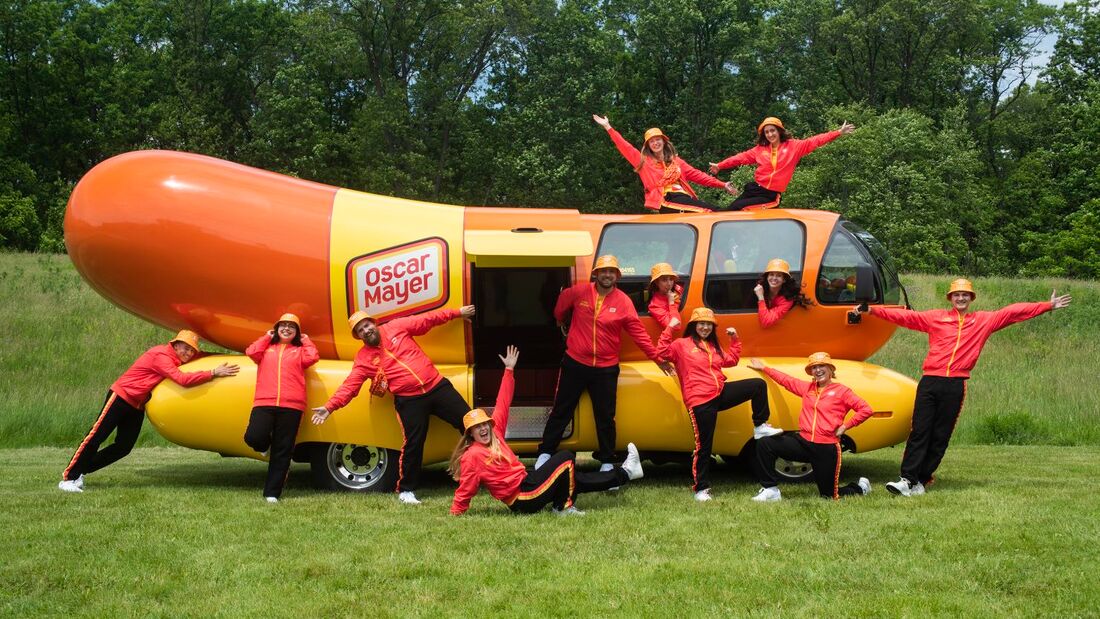
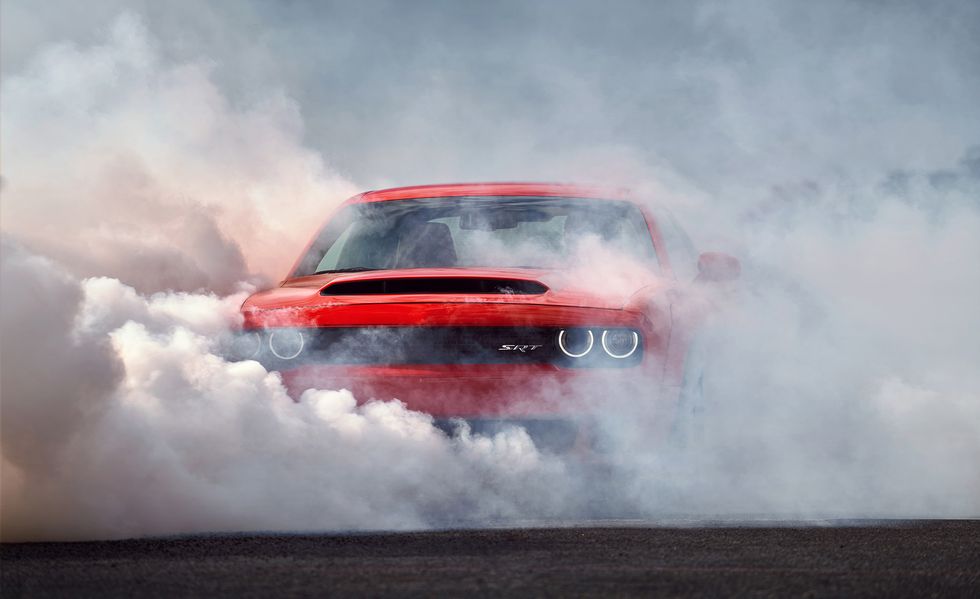
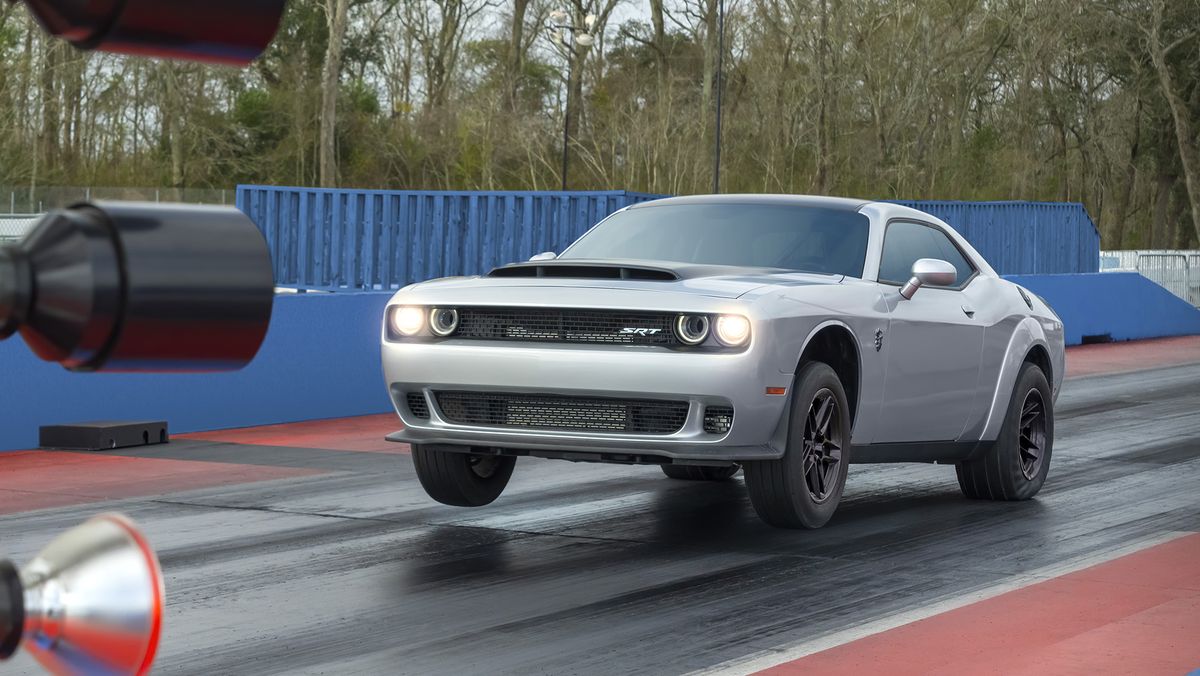



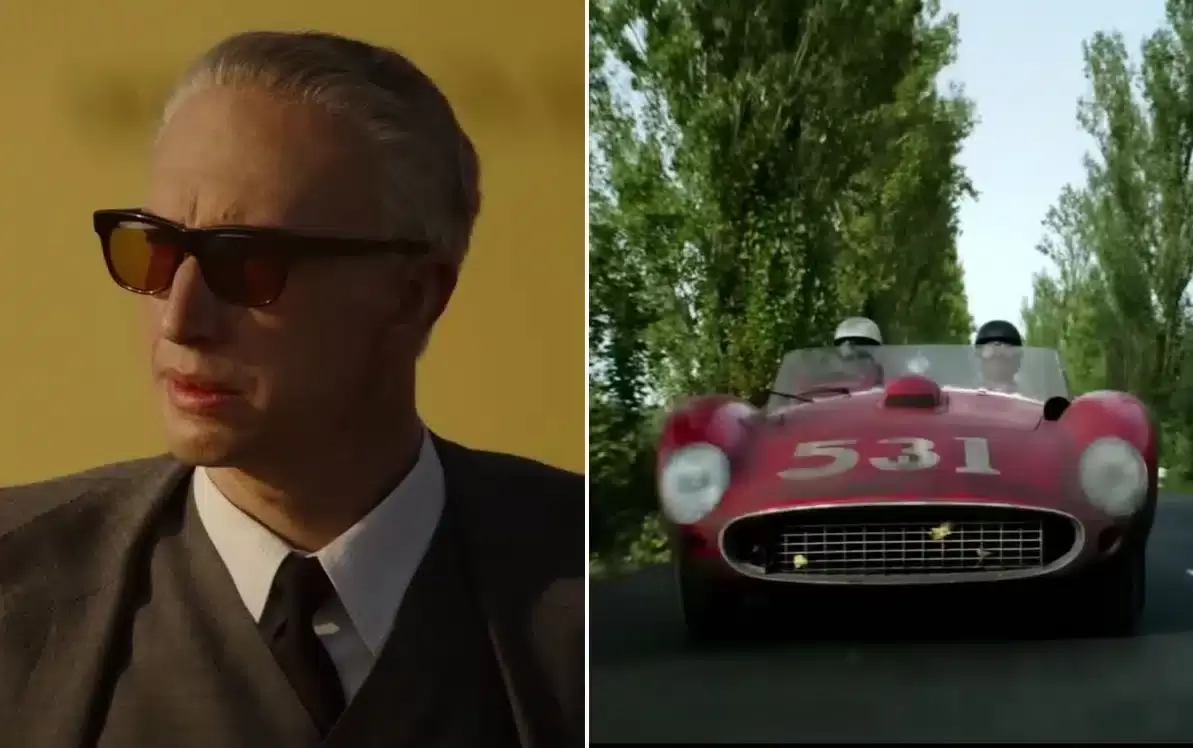
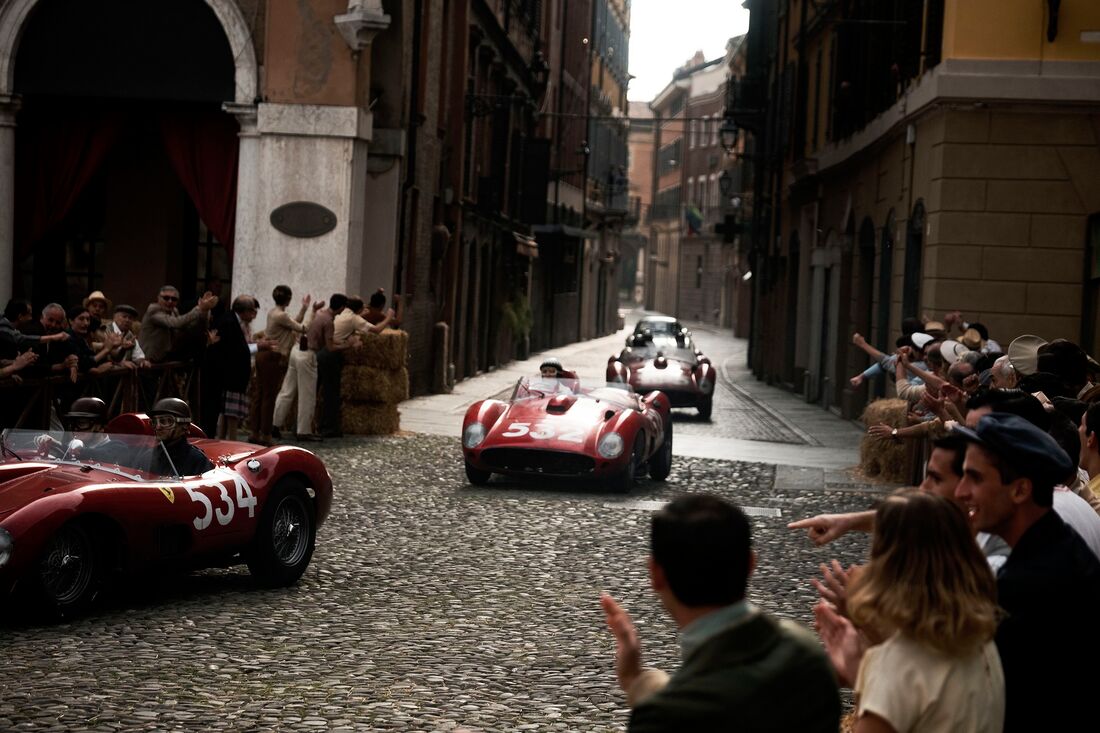
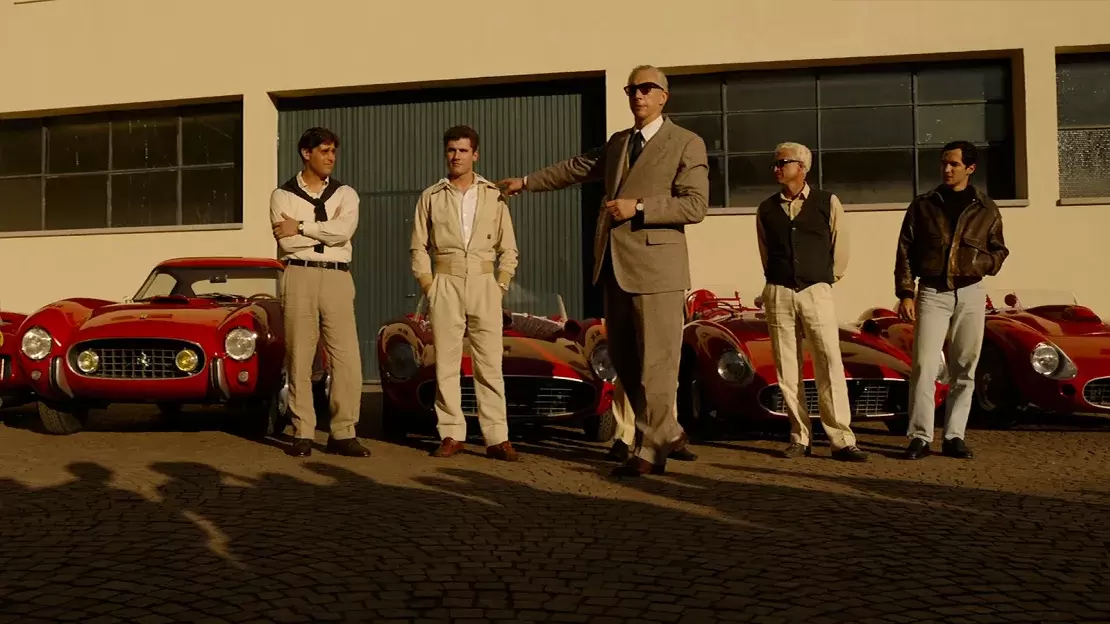

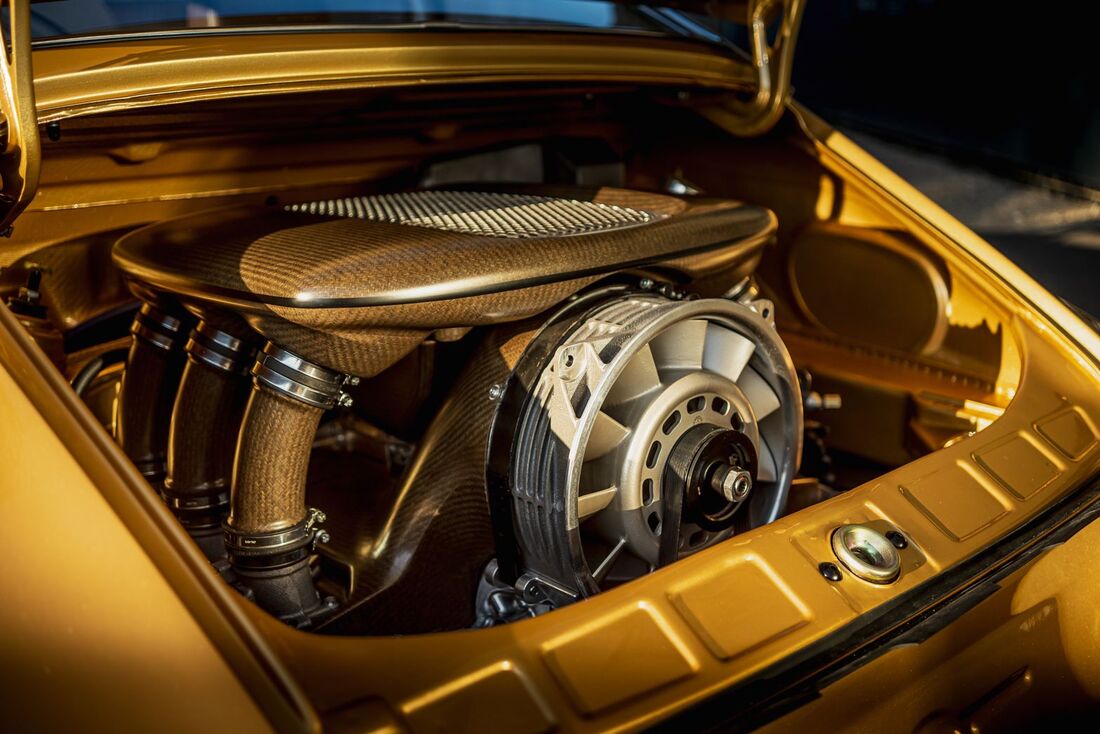
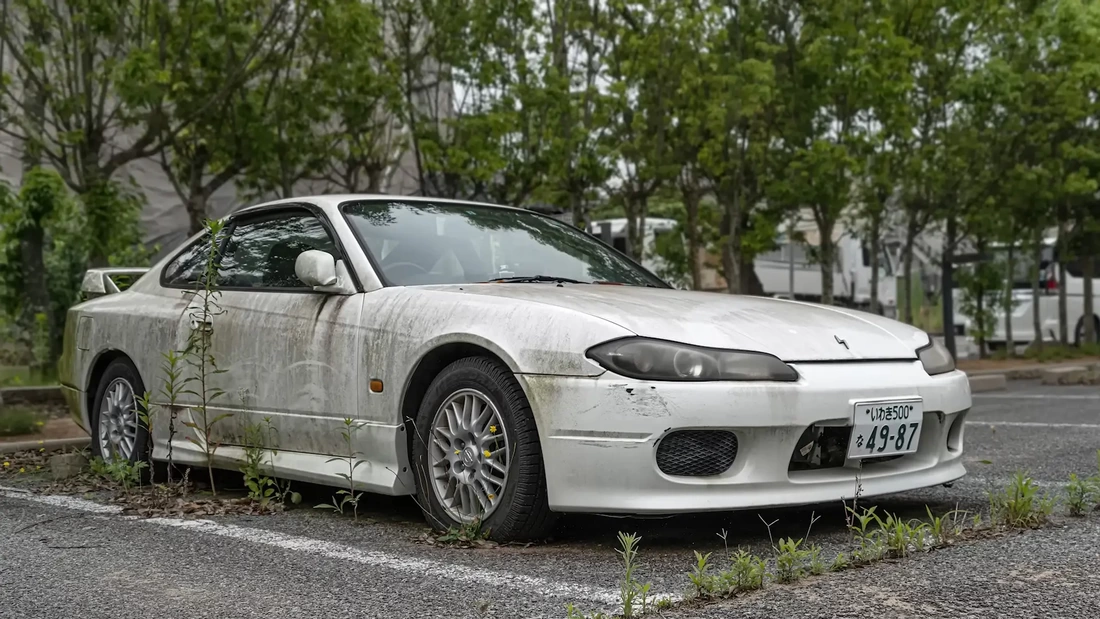


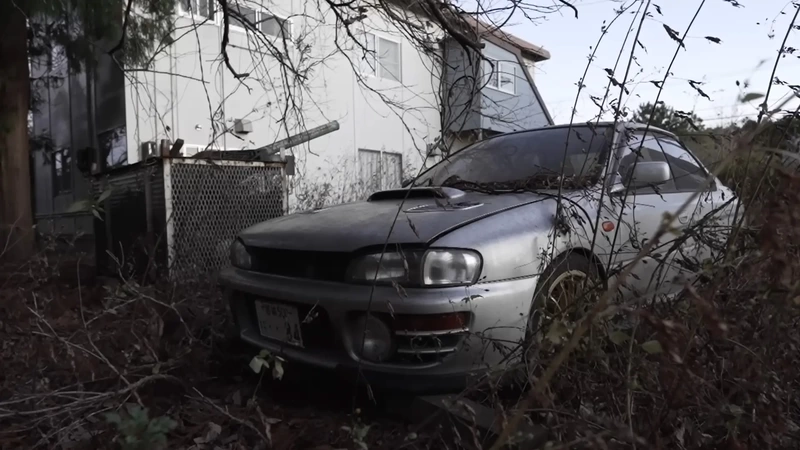
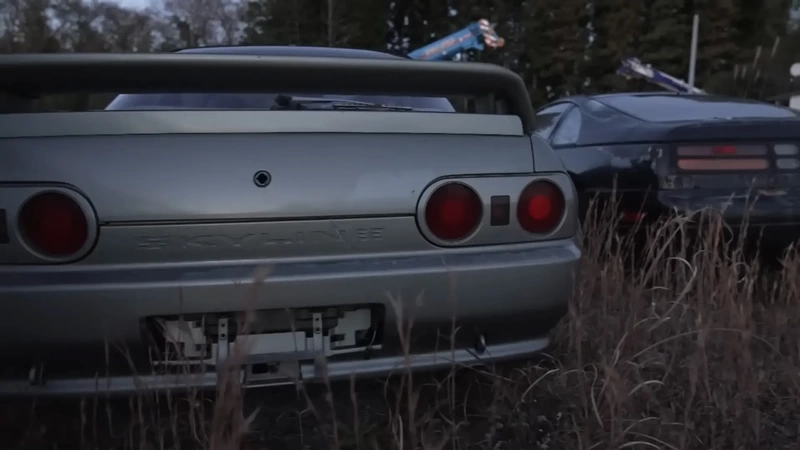





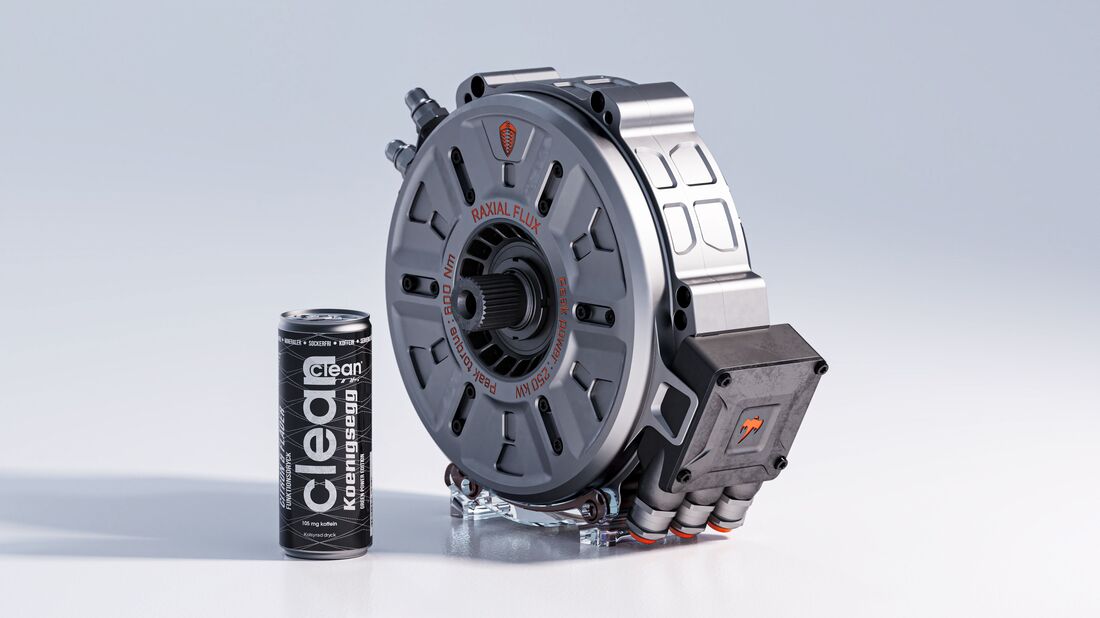
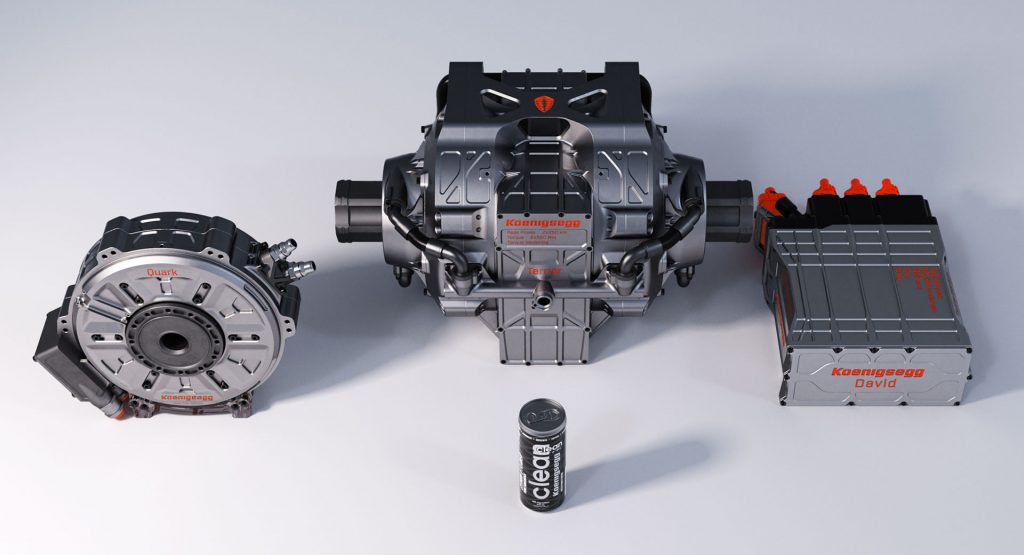

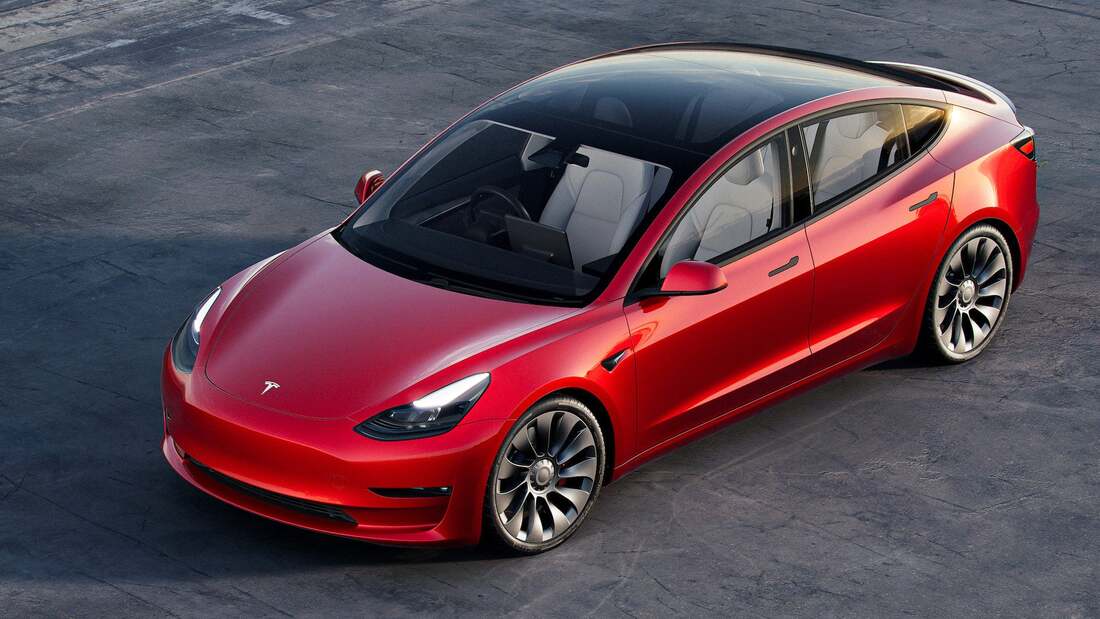
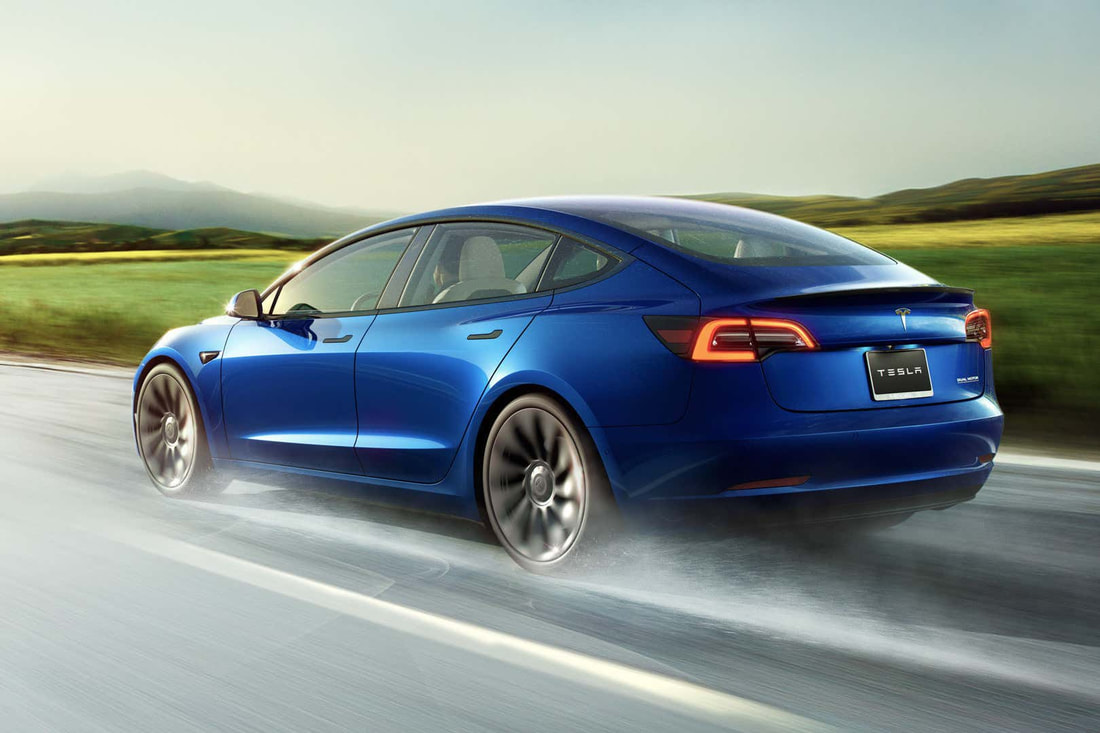

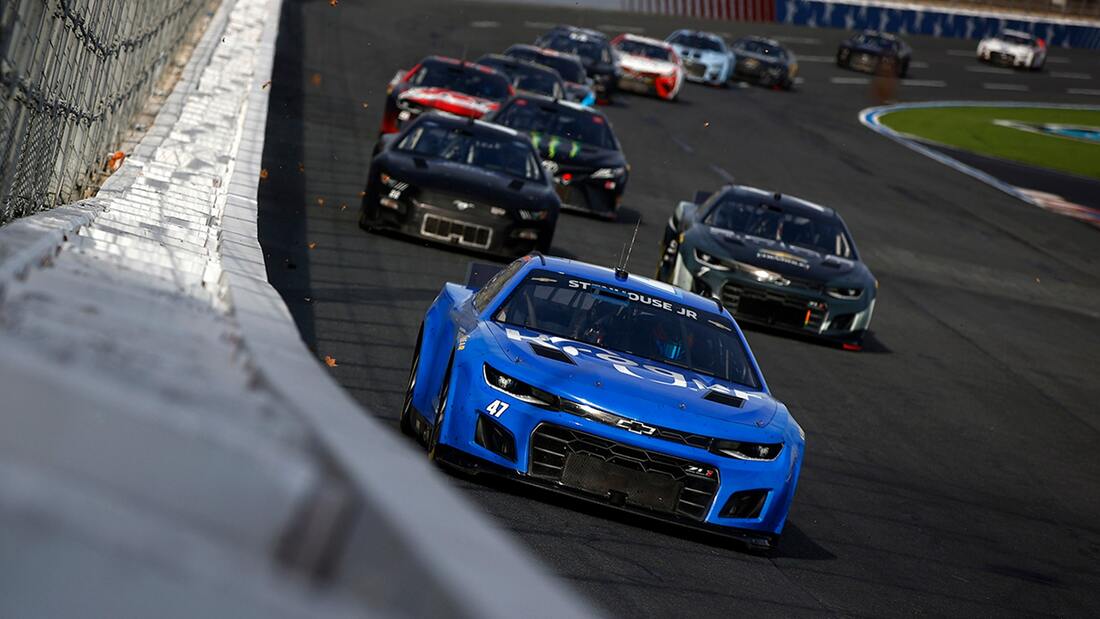
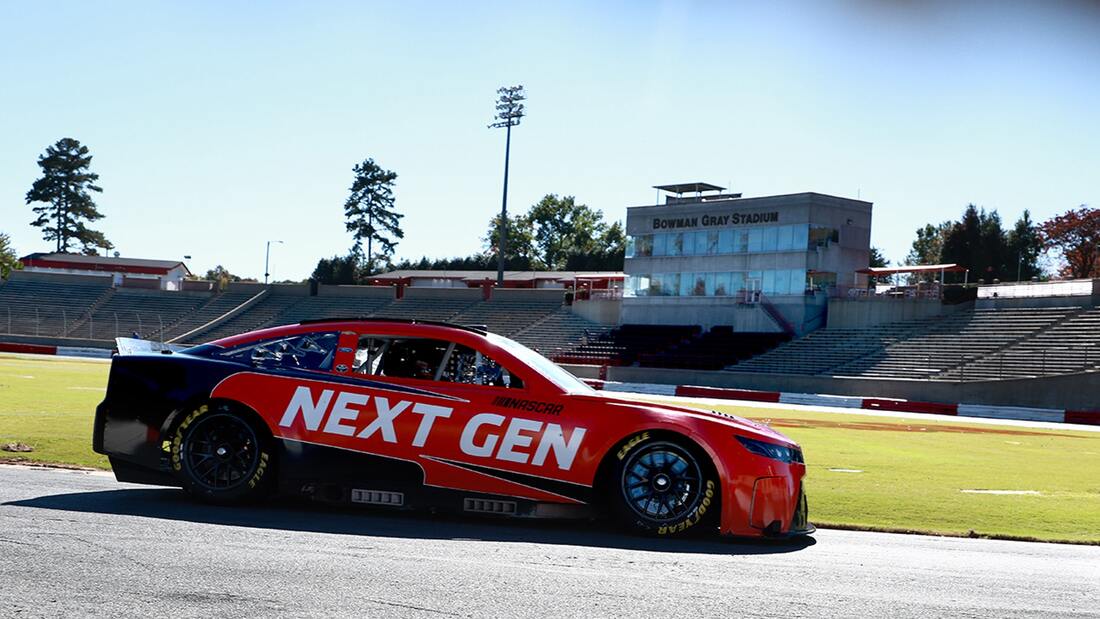
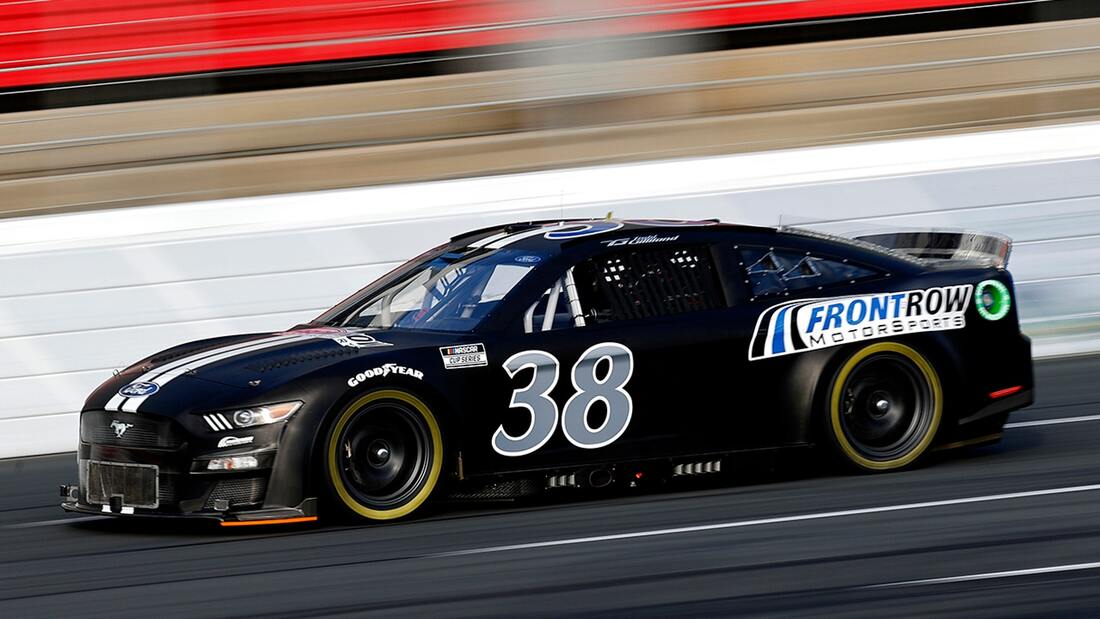

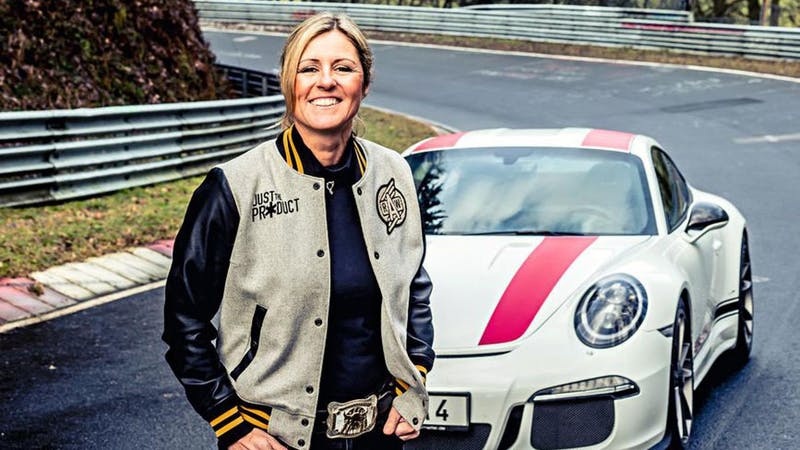
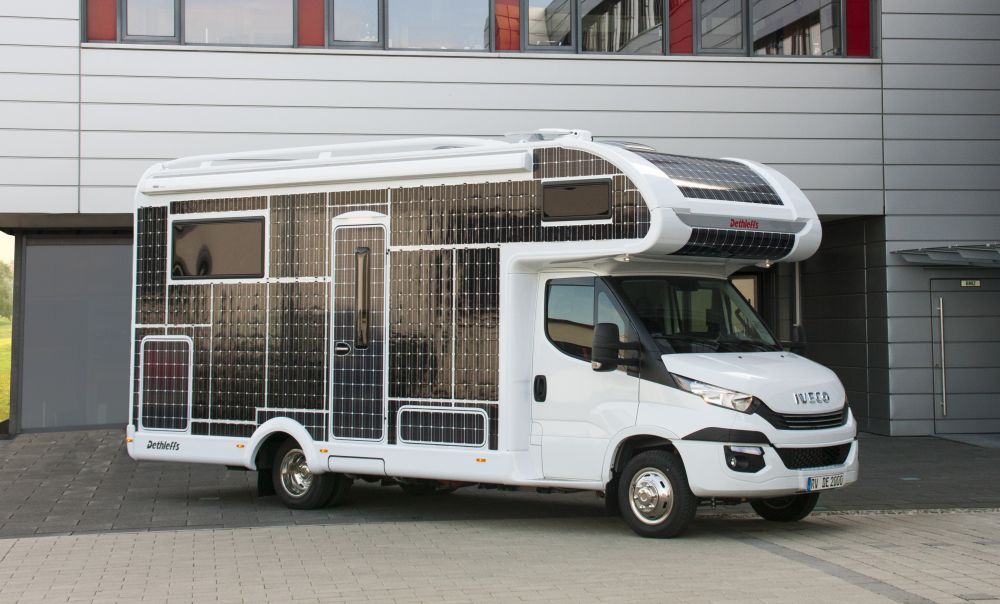
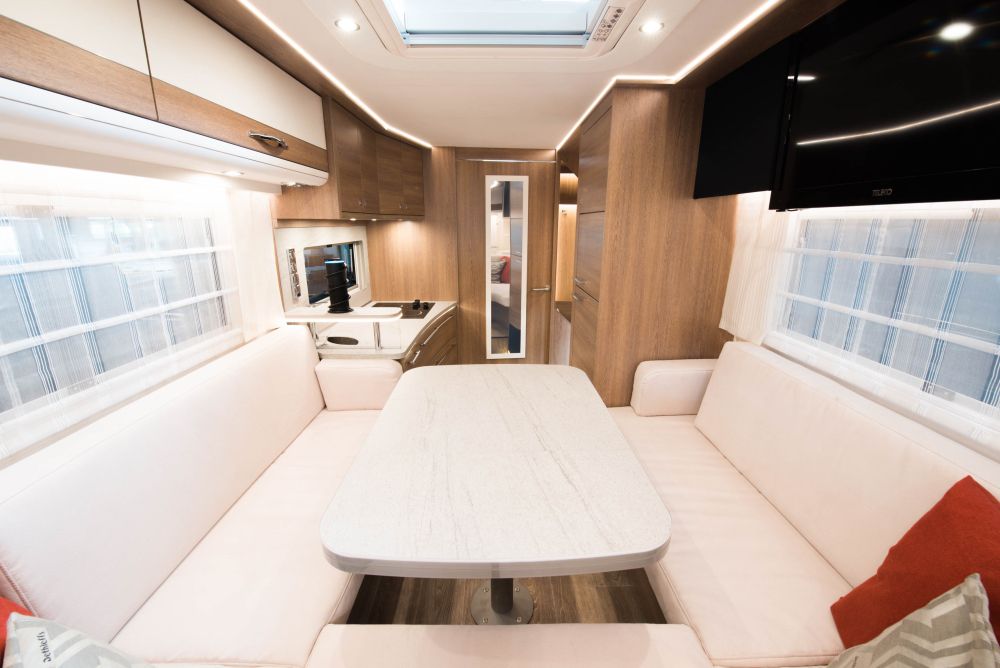
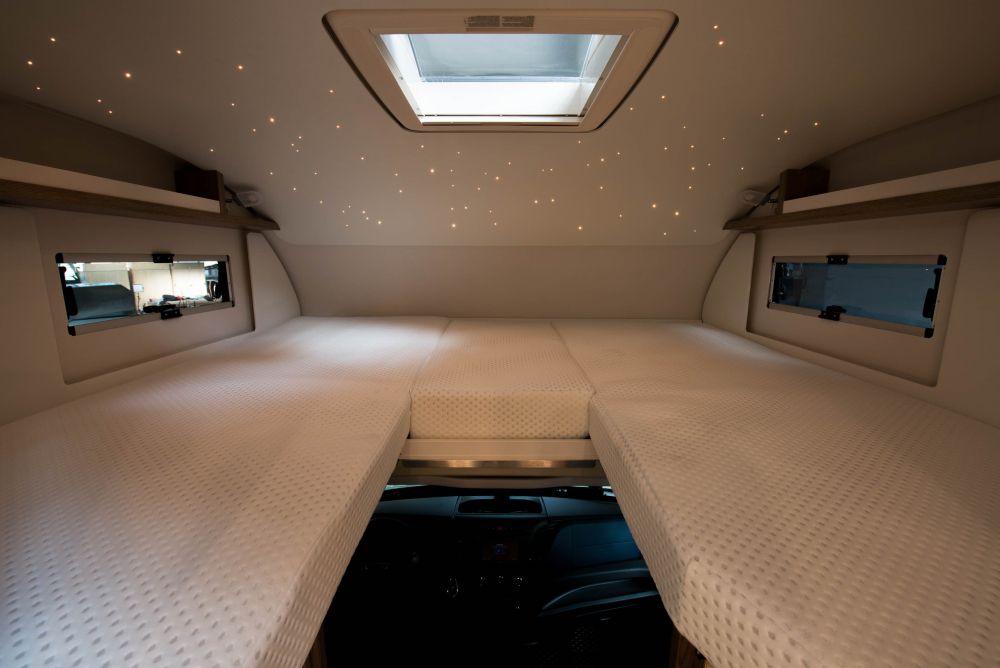
 RSS Feed
RSS Feed